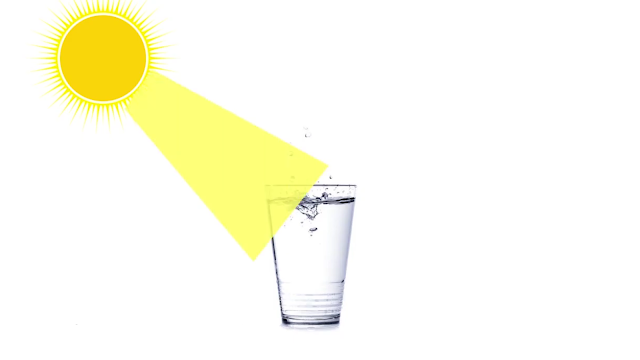You can absorb vitamin D from sunlight when you're behind glass
#Science of Vitamin D production&UVB Rays role#
Vitamin D is a very important nutrient. It plays an essential role in bone health, immune system function and overall health. Our bodies make vitamin D primarily through sunlight and specifically ultraviolet B (UVB). Many people are curious if they will still be able to absorb vitamin D if they are in front of glass. In order to answer this question it is important to know how vitamin D synthesis occurs and the effect of glass on UVB rays.Vitamin D is synthesized when UVB rays reach the skin. When these rays fall on the skin, they convert 7-dehydrocholesterol, a compound present in the skin, into previtamin D3. The liver and kidneys convert this substance into active vitamin D, calcitriol.UVB wavelengths are responsible for vitamin D production. UVB rays play a vital role in vitamin D synthesis. UVA rays can penetrate deeply into the skin, and are associated with skin tanning and aging. UVB rays are affected by the time of the year, geographical location and the time of the day. Midday sunlight is the strongest.
#Glass and UVB Radiation&Studies#
#How to optimize vitamin D levels#
It is important to find alternative methods to ensure adequate levels of vitamin D, since sunlight through glass cannot produce it effectively.
2. *Dietary Source**: Include foods rich in vitamin D to your diet. Good choices include fatty fish (such a salmon and mackerel), egg yolks and fortified dairy.
3. Supplements: Consider taking vitamin D if your exposure to sunlight has been limited. Consult your healthcare provider to determine the correct dosage for you.
4. **Monitor levels** Check your vitamin levels regularly, particularly if you are at risk of deficiency and spend most of your indoor time.
Summary: While sunlight is an effective and natural source of vitamin, UVB rays are significantly reduced when behind glass. This reduces their ability to stimulate vitamin production in the skin. To maintain optimal health, it's important to limit sun exposure and to consider vitamin D supplements and dietary sources. Understanding these dynamics will help individuals to better manage vitamin D levels, and improve their overall health.


.jpg)


Comments
Post a Comment